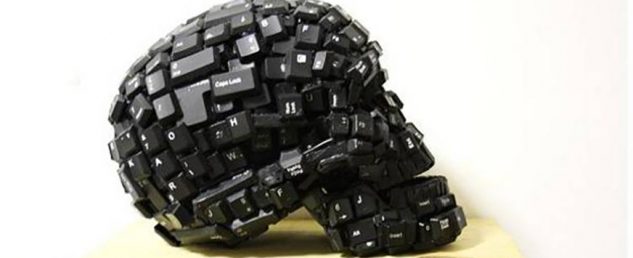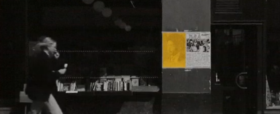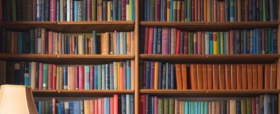LA CHRONIQUE DE MARK TUNGATE : Painting by numbers
Digital art exists, of course – but what happens when technology meets fine art? “Controversy” seems to be one of the answers, at least judging by The Next Rembrandt from J. Walter Thompson Amsterdam.
The brief was to draw attention to Dutch bank ING’s support for the arts. This evolved into an attempt by the agency to create a “new” Rembrandt painting using artificial intelligence and a 3D printer. The machine was fed with all the information it needed to recreate Rembrandt’s style – including the fashions of the period – and then set to work. This case study explains it better than me.
Agency executive creative director Bas Korsten says he was accused of being “the anti-Christ of the art world” when the painting was unveiled. But some Rembrandt scholars praised the idea, as the research behind it led to new insights into how the artist worked. For example, a close study of the canvases used by Rembrandt revealed that he probably bought them from the same supplier.
Museums can certainly benefit from technology, especially as they attempt to target millennial visitors. They are increasingly using iBeacon transmitters – which resemble small plastic pebbles stuck to the gallery wall – to beam additional information about artworks to visitors’ mobile phones. Take a look at this example from Rubens’ house in Antwerp.
Similarly, the “Unthink Magritte” campaign for the Art Institute of Chicago, by Leo Burnett, turned the entire city into a canvas to promote an exhibition about the Belgian surrealist. And when visitors came, they found a truly interactive show that transformed them into art critics.
;
The Art Institute of Chicago – and of course Leo Burnett – appear to be particularly imaginative when it comes to creating a buzz around exhibitions. For a show devoted to Van Gogh, the museum teamed up with Airbnb to create a reproduction of the artist’s bedroom – as featured in one of his best-known paintings – and invited people to spend the night in it. Needless to say, slots sold out almost immediately.
That’s taking you “inside art” in a literal sense – but how about exploring an artwork virtually? For The Dali Museum in Florida, Goodby Silverstein & Partners created a virtual reality experience which allowed users to tour a 1935 Dali dreamscape (Archaeological Reminiscence of Millet’s “Angelus”). After donning an Oculus Rift, they could explore and float above the enigmatic sculptures in the painting, while also encountering other strange creatures and motifs from Dali’s world.
Interestingly, the experience was designed to promote an exhibition called “Disney and Dali: Architects of the Imagination” (which ran from January until June). Believe it or not, Disney and Dali worked together on a short animated film called Destino. Even the museum admits that it was an “unlikely alliance”; more unlikely, certainly, than the alliance between technology and art.
As a special treat, here’s a 2003 restoration of the film.



